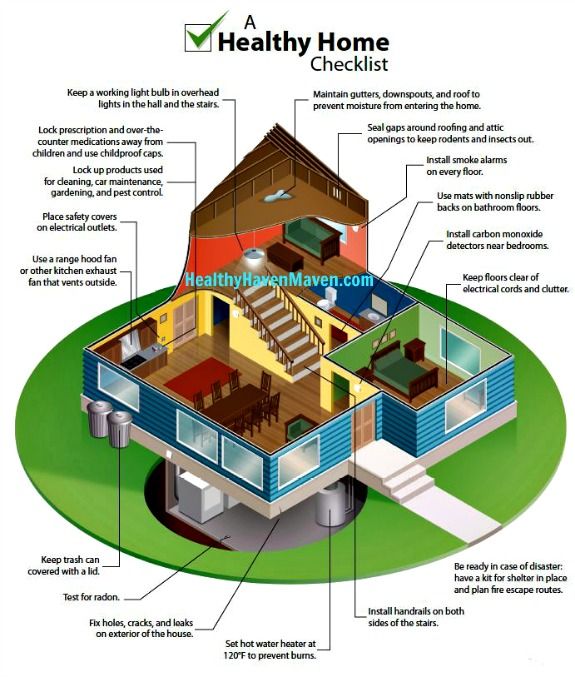The Future Of Home Home Heating - How Heat Pump Modern Technology Is Progressing
The Future Of Home Home Heating - How Heat Pump Modern Technology Is Progressing
Blog Article
Article Writer-Skaaning McCormick
Heat pumps will certainly be an essential technology for decarbonising home heating. In a situation constant with governments' introduced energy and climate dedications, their worldwide ability increases by 2030, while their share in home heating rises to one-quarter.
They function best in well-insulated homes and count on electrical energy, which can be provided from a renewable power grid. Technical advancements are making them much more effective, smarter and less expensive.
Gas Cells
Heat pumps use a compressor, refrigerant, coils and fans to move the air and heat in homes and devices. They can be powered by solar power or electricity from the grid. They have actually been obtaining popularity because of their affordable, peaceful operation and the capacity to generate electricity throughout peak power demand.
Some firms, like IdaTech and BG MicroGen, are working on fuel cells for home heating. These microgenerators can change a gas central heating boiler and produce a few of a residence's electrical needs with a link to the power grid for the remainder.
But there are factors to be hesitant of using hydrogen for home heating, Rosenow says. It would certainly be costly and inefficient contrasted to other technologies, and it would certainly add to carbon discharges.
Smart and Connected Technologies
Smart home innovation permits home owners to connect and regulate their devices from another location with using smart device apps. For example, clever thermostats can discover your heating choices and immediately adapt to enhance power intake. Smart lights systems can be managed with voice commands and instantly shut off lights when you leave the space, lowering power waste. And smart plugs can keep track of and handle your electric use, allowing you to determine and restrict energy-hungry home appliances.
The tech-savvy house depicted in Carina's meeting is a good image of how passengers reconfigure area home heating techniques in the light of new clever home modern technologies. https://www.investopedia.com/sears-home-warranty-review-4845967 count on the devices' automated attributes to execute daily modifications and regard them as a hassle-free means of conducting their home heating methods. Therefore, they see no reason to adapt their techniques further in order to enable flexibility in their home power need, and treatments aiming at doing so may encounter resistance from these households.
https://jasperfbvpj.blogsvila.com/29442347/demystifying-the-price-of-installing-and-preserving-a-heatpump
Since heating homes make up 13% of US emissions, a button to cleaner alternatives could make a big difference. However the technology encounters obstacles: It's expensive and needs considerable home remodellings. And it's not constantly compatible with renewable resource sources, such as solar and wind.
Until recently, electrical heatpump were as well costly to compete with gas models in the majority of markets. Yet brand-new advancements in style and materials are making them much more budget-friendly. And much better chilly environment performance is enabling them to function well also in subzero temperatures.
The following step in decarbonising home heating might be using warm networks, which attract heat from a central source, such as a nearby river or sea inlet, and disperse it to a network of homes or structures. That would certainly minimize carbon discharges and allow homes to capitalize on renewable resource, such as green electrical power from a grid provided by renewables. This choice would be less pricey than changing to hydrogen, a nonrenewable fuel source that calls for brand-new infrastructure and would just reduce carbon dioxide emissions by 5 percent if paired with improved home insulation.
Renewable resource
As electrical energy rates go down, we're starting to see the same pattern in home heating that has driven electric cars and trucks into the mainstream-- however at an also quicker pace. The solid climate instance for electrifying homes has actually been pushed even more by new study.
Renewables make up a considerable share of modern warm consumption, however have been offered minimal policy focus worldwide contrasted to various other end-use markets-- and even less focus than electricity has. Partly, this reflects a mix of customer inertia, split incentives and, in several nations, aids for fossil fuels.
New modern technologies might make the shift simpler. For instance, heatpump can be made more power reliable by replacing old R-22 refrigerants with brand-new ones that do not have the high GWPs of their precursors. Some experts additionally picture district systems that attract heat from a neighboring river or sea inlet, like a Norwegian fjord. The warm water can then be made use of for cooling and heating in a neighborhood.